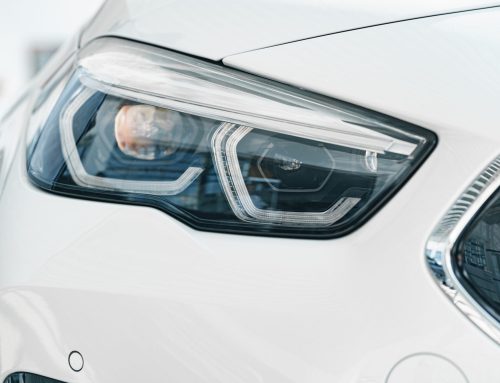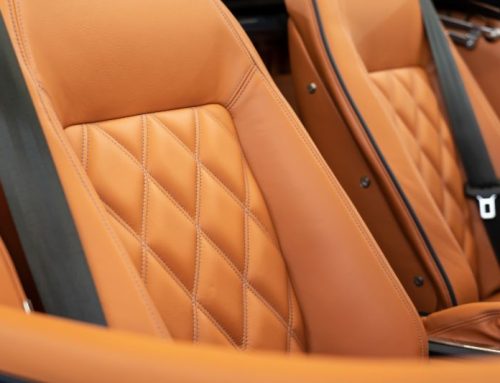A car is designed to handle a certain amount of pressure, and 2800 PSI is too high. The red nozzle can damage a car’s paint. Instead, use a white 40-degree nozzle that will protect the car’s finish. It also provides a lower pressure and covers a larger surface area, making cleaning your car much easier.
1200 to 1900 PSI
The safe range for pressure washers for cars is around 1200 to 1900 PSI. More than that can damage the paint, so it’s best to use a lower pressure washer and follow manufacturer instructions. It’s also important to use the correct nozzle. This will help spread the water evenly and lower spot pressure.
The pressure setting on a pressure washer is an important factor. Too much pressure can damage the paint, especially if it’s painted. The safe range for washing a car is between 1200 and 1900 PSI, which is the best pressure level for most homes. Also, you should use a nozzle with a 25 or 40 degree angle. It is also important to keep the tip of the pressure washer at a safe distance from the car. For more information, read this article.
If you’re trying to wash a car with a pressure washer, keep the nozzle at a safe distance. If you’re holding the tip too close, you’ll damage the paint and force water into areas that you shouldn’t be cleaning. Water can get into hidden parts of the car and increase the risk of rust and other damage. It will also reduce the lifetime of the vehicle. The safest distance for the tip is four feet away from the car. If the dirt is tough to remove, you can move the pipe closer to the car.
3200 PSI
Most pressure washers have controls that let you adjust the pressure. Using a pressure washer with a low PSI can protect the paint and prevent damage. You can also use a pressure washer with a high-quality nozzle that will distribute water evenly and prevent spot pressure.
It’s important to choose the right pressure for the paint on your car. A range of between 1200 to 1900 PSI is safe. Anything more than 3200 PSI will harm the clear coat of your car, and you will risk damaging it. If you’re not sure what PSI level is right for your car, check the manufacturer’s specifications.




